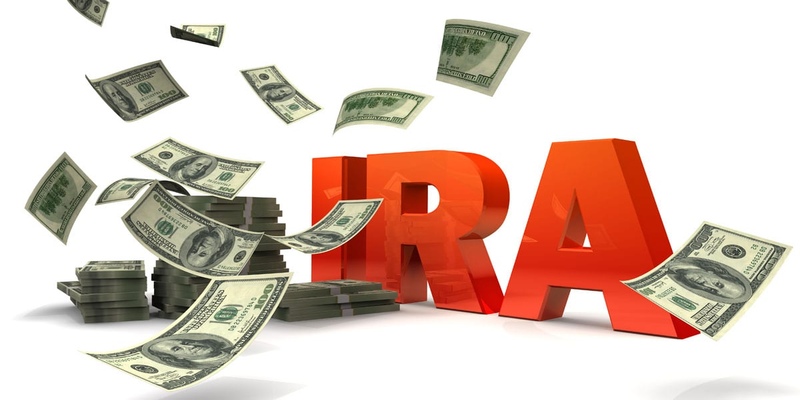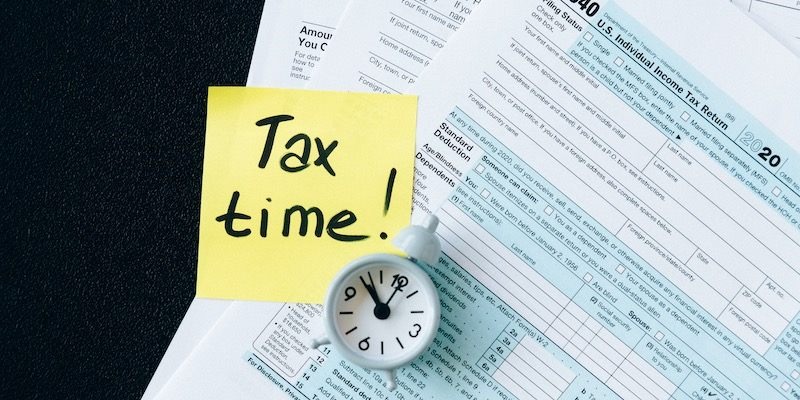You know that time of year when you clean out your closet, donating clothes you no longer wear? Well, your investment portfolio could use a little decluttering, too. It's called Tax-Loss Harvesting, like tidying up your finances. But when should you do it? Let's break it down in simple terms.
In essence, Tax-Loss Harvesting is your financial spring cleaning. Just as you clear out old and unused items from your home to make space for what's more valuable, it allows you to sweep away underperforming investments and create room for potential growth.
So, if you're wondering when and how to declutter your investment portfolio while saving on taxes, you're in the right place.
What Is Tax-Loss Harvesting?
Before diving into the best time for Tax-Loss Harvesting, let's understand what it means. Tax-loss harvesting is like turning lemons into lemonade with your investments. It's a strategy to offset your taxable gains by selling lost-value investments.
Imagine you invested in two stocks: Stock A, which made you a bundle, and Stock B, which took a nosedive. By selling Stock B, you create a loss that can be utilized to reduce your taxable income. Think of it as a financial silver lining.
Tax-Loss Harvesting allows you to make the most of a less-than-ideal investment scenario. Instead of dwelling on losses, it empowers you to use them strategically to optimize your financial picture.
The Best Time for Tax-Loss Harvesting
Now, let's get to the juicy part – when is the best time for Tax-Loss Harvesting? Well, there are a few scenarios to consider.
Market Volatility
When things get rocky on Wall Street, it's time to pay attention. If you see some of your investments are in the red, consider Tax-Loss Harvesting. This is especially true if you believe those stocks will bounce back in the long run.

For example, during a market downturn, you might have a tech stock that's temporarily down. If you believe in the company's long-term potential, selling it to harvest the loss now can be strategic. This loss can offset taxes on gains when the market eventually recovers.
Market volatility is like the weather; it can change rapidly. By monitoring your investments and considering Tax-Loss Harvesting during turbulent times, you can make the most of market fluctuations to your advantage.
Year-End Tax Planning
Picture this: the year is winding down, and you've made good money from your investments. However, you realize you'll owe a significant tax on those gains. What do you do? This is a prime time for Tax-Loss Harvesting.
By selling investments with losses before December 31st, you can offset your taxable gains for the year. It's like applying a tax band-aid to ease the sting of capital gains taxes.
Year-end tax planning is like crossing the finish line of a financial race. You want to finish strong, and Tax-Loss Harvesting can be your sprint to the finish line, helping you optimize your tax situation before the year closes.
Rebalancing Your Portfolio
Investment portfolios need maintenance, just like your car or garden. If your portfolio is out of balance because some investments have grown disproportionately, it's time to trim the fat.
When you rebalance your portfolio, you may find opportunities for Tax-Loss Harvesting. You can maintain your desired asset allocation while minimizing taxes by selling overperforming assets and reinvesting in underperforming ones.
Rebalancing isn't just about tax savings; it's about ensuring your investment mix aligns with your financial goals. Tax-Loss Harvesting becomes a valuable sidekick in your quest to keep your portfolio in tip-top shape.
Gradual Tax Planning
Not all Tax-Loss Harvesting has to happen in one fell swoop. You can spread it out throughout the year. This approach allows you to take advantage of market fluctuations and optimize tax savings.
For instance, if an investment loses value over several months, consider selling portions of it strategically throughout the year. This can help you capture losses when they occur rather than waiting for year-end.
Gradual tax planning is like nibbling on your favorite dessert instead of devouring it all at once. It allows you to savor the benefits of Tax-Loss Harvesting while keeping a keen eye on the market's ebb and flow.
Avoiding the "Wash Sale" Rule
Now, here's a crucial point to remember. The IRS has a rule called the "wash sale" rule. It says that you can't claim the loss if you sell a security at a loss and buy the same or substantially identical security within 30 days before or after the sale.
So, if you plan to repurchase the same stock or a similar one in the near future, be mindful of the 30-day window. It might be better to wait before Tax-Loss Harvesting or consider a different investment to avoid the wash sale rule.

Avoiding the "wash sale" rule is like steering clear of potholes on the road to tax efficiency. By being aware of this regulation and planning your Tax-Loss Harvesting strategy accordingly, you can ensure that your efforts yield maximum benefits without any unexpected tax pitfalls.
Other Key Considerations for Tax-Loss Harvesting
So far, we've discussed the best times to engage in Tax-Loss Harvesting. However, there are other crucial factors to keep in mind to make the most of this strategy.
1. Account Type Matters
The type of investment account you hold can significantly impact the effectiveness of Tax-Loss Harvesting. It's important to know that Tax-Loss Harvesting is most advantageous in taxable brokerage accounts. In tax-advantaged accounts like IRAs and 401(k)s, you generally don't need to worry about capital gains taxes until you withdraw funds.
2. Asset Location
Not all investments are created equal when it comes to taxes. Some assets generate more taxable income than others. Consider placing tax-inefficient investments in tax-advantaged accounts, like bonds or high-dividend stocks. This can help minimize your tax liability while maximizing the benefits of Tax-Loss Harvesting in your taxable accounts.
Wrapping It Up
Tax-Loss Harvesting isn't about tricking the taxman; it's a legitimate strategy to optimize your investments. The best time for it depends on your circumstances, market conditions, and financial goals. It's not about timing the market perfectly but using market fluctuations to your advantage.




